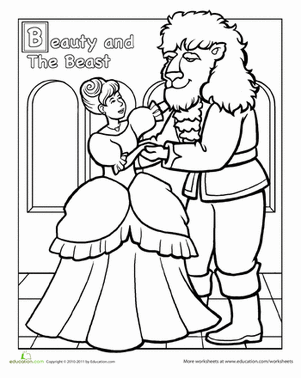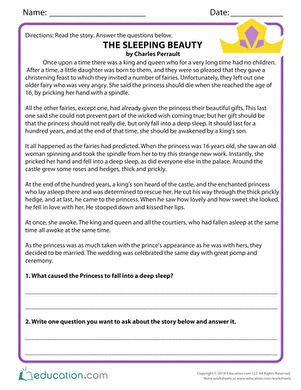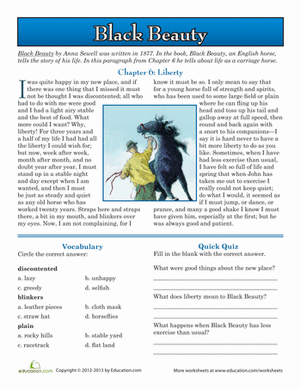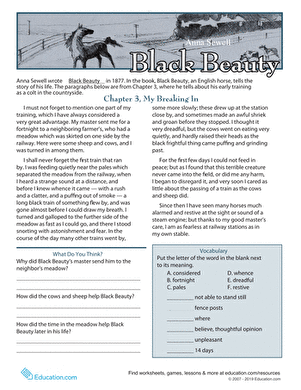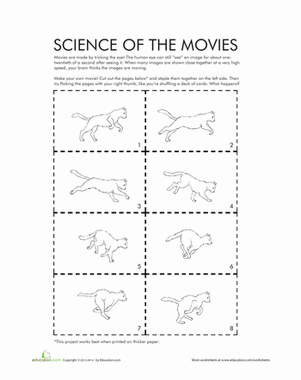Science project
The Science of Beauty
Grade Level: 9th - 12th; Type: Behavioral Science
Objective:
This project explores the notion of human beauty.
Project Goals
- Discover the factors that influence our perception of human beauty.
- Design an experiment that shows whether or not beauty emanates “from within”.
Research Questions:
- What determines human beauty?
- Can beauty be measured objectively? If so, how? If not, why not?
- Does beauty really emanate “from within”?
They say all kinds of things about human beauty. It’s “in the eye of the beholder.” It’s “only skin deep.” “Looks don’t matter.” But cliches such as these do very little to cushion the harsh reality that how “beautiful” we think we are really means a lot to us. We’re not sure why beauty is so important. It just is. Some say beauty comes “from within”. In other words, it’s been said that people who are happy and have high self-esteem appear more beautiful to others than less happy people with a low self-image. Could it be that beauty is not as “skin-deep” as we thought? Let’s take a closer look.
Materials:
- Computer with internet access.
- Digital camera
- Color printer
- Typical office/craft supplies (such as paper, pens & poster-board)
Experimental Procedure:
- Read overviews of relevant topics (see bibliography).
- Design a questionnaire that asks volunteers how beautiful they think they are (not at that moment, but in general), on a scale of 1-10.
- Include additional questions regarding age, gender, ethnicity, and anything else that might provide further insight.
- Recruit a random sample of male and female volunteers who agree to be photographed.
- Photograph volunteers and have them complete the questionnaire. Carefully keep each photo with its corresponding questionnaire.
- Divide photos/questionnaires into two equal groups: The half who rated themselves highest and the half who rated themselves lowest.
- Ask a lot of people to rate the beauty of the person in each photo, on a scale of 1-10.
- Analyze the data.
- Interpret findings in a detailed report.
- Show results visually using charts and graphs.
- Display relevant photos taken throughout the course of the experiment.
Terms/Concepts: A basic knowledge of statistics would be helpful
References:
Conceptual Statistics for Beginners (Newman, Isadore & Carol, 2005 reprint)
Education.com provides the Science Fair Project Ideas for informational purposes only. Education.com does not make any guarantee or representation regarding the Science Fair Project Ideas and is not responsible or liable for any loss or damage, directly or indirectly, caused by your use of such information. By accessing the Science Fair Project Ideas, you waive and renounce any claims against Education.com that arise thereof. In addition, your access to Education.com's website and Science Fair Project Ideas is covered by Education.com's Privacy Policy and site Terms of Use, which include limitations on Education.com's liability.
Warning is hereby given that not all Project Ideas are appropriate for all individuals or in all circumstances. Implementation of any Science Project Idea should be undertaken only in appropriate settings and with appropriate parental or other supervision. Reading and following the safety precautions of all materials used in a project is the sole responsibility of each individual. For further information, consult your state's handbook of Science Safety.

